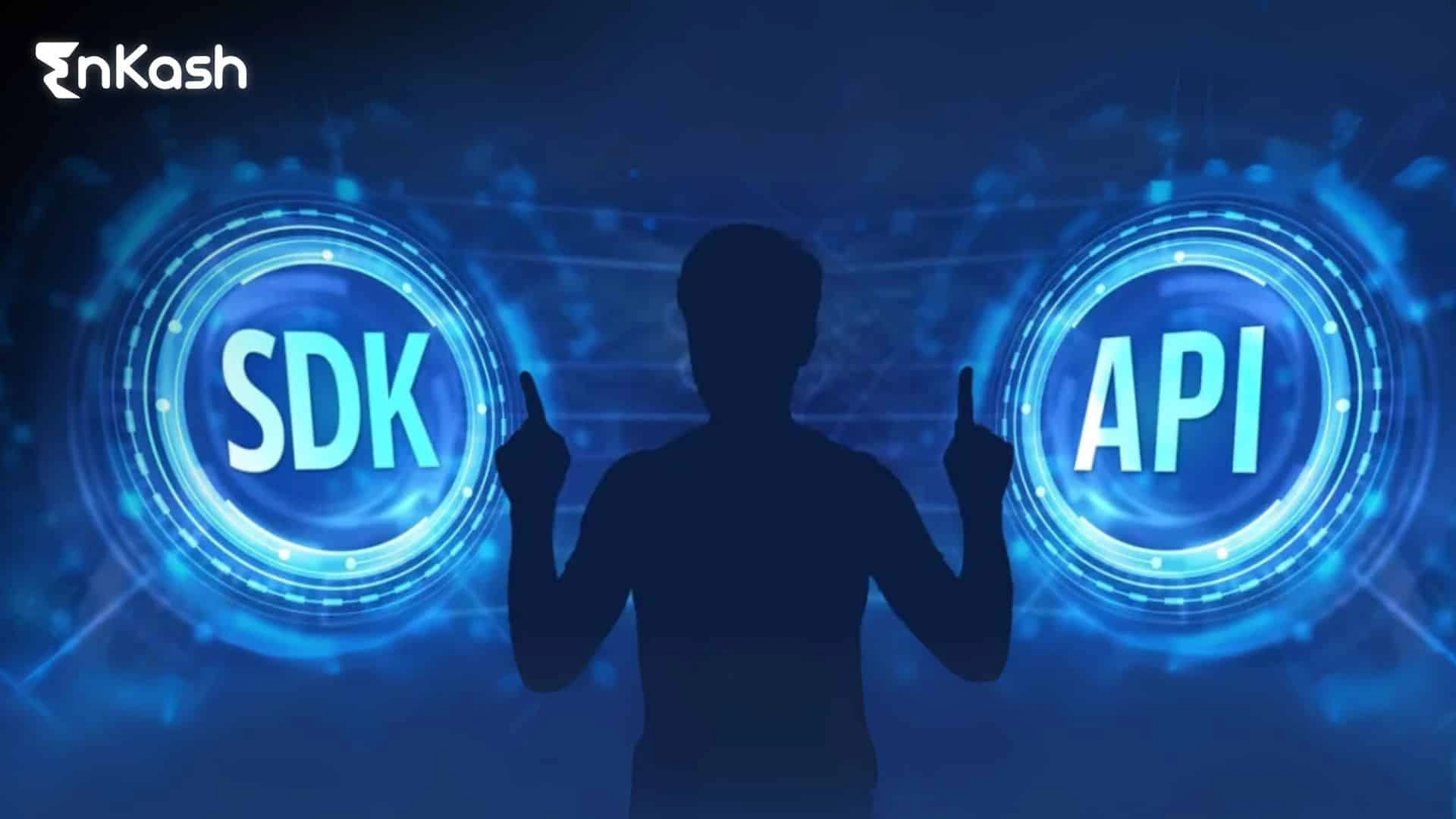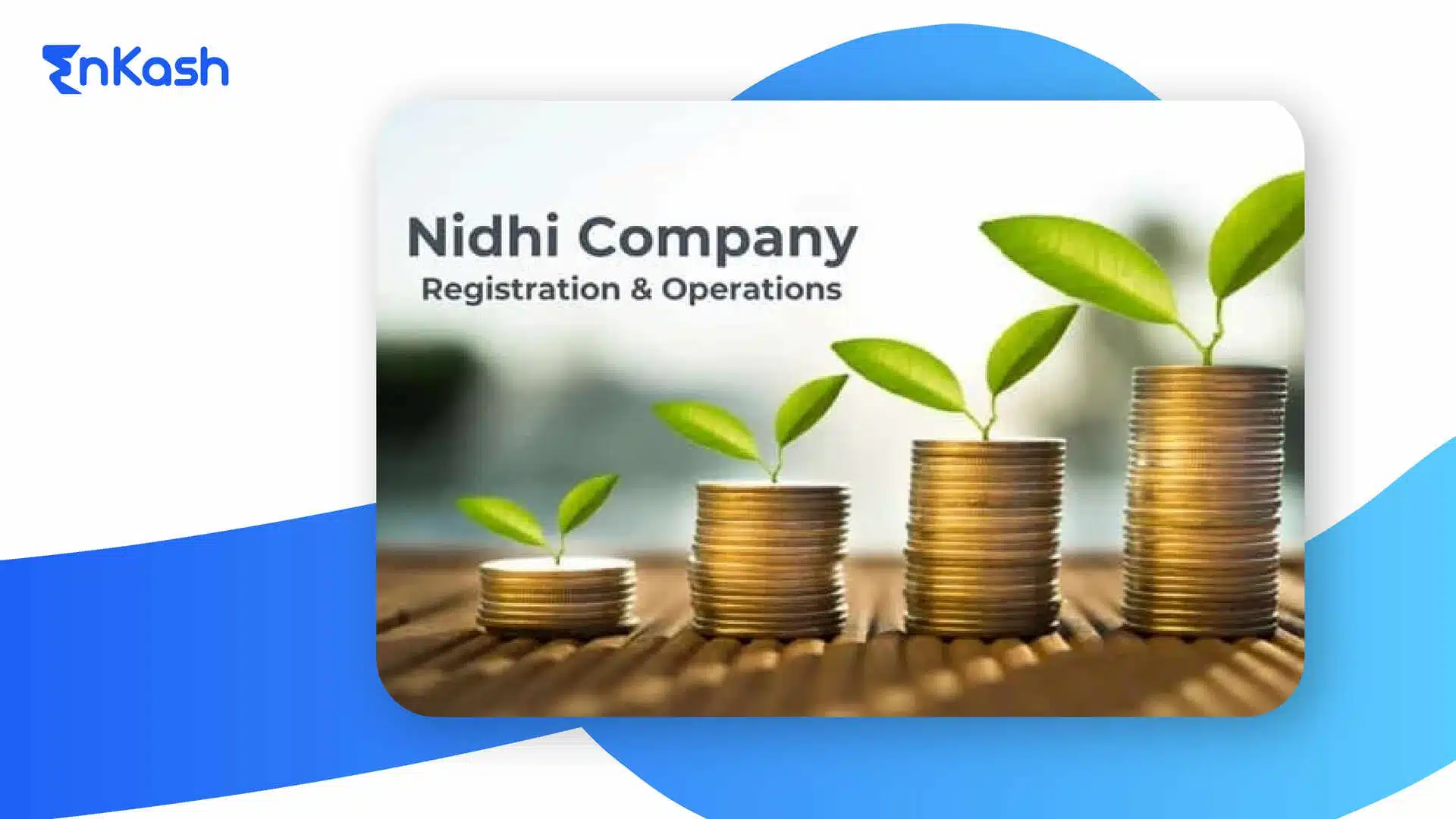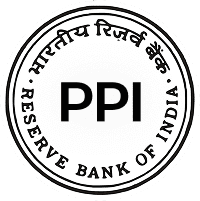Digital Payments in India and the Rise of Integration Choices
India’s digital economy has grown rapidly in recent years, with online payments becoming an essential part of daily life. From small vendors to large e-commerce brands, businesses across the board now rely on digital platforms to complete transactions quickly and securely. Behind this transformation is the quiet but crucial role played by payment gateway integration, which enables websites and apps to process payments without friction.
With the growing demand for digital solutions, companies now face a critical question when setting up a payment gateway: should they use an API or an SDK? Both offer different ways to connect your system to a gateway, but the choice can influence everything from performance to security and long-term scalability.
Before we go deeper, it is essential to understand what each option brings to the table. An API, or application programming interface, is a set of defined protocols that allows different software applications to talk to each other. In the context of a payment gateway API, it provides developers with a series of instructions and endpoints to control the payment flow. This means you can build your own checkout page, manage how the data is processed, and customize the entire experience based on business needs.
On the other hand, SDKs, also known as software development kits — are pre-packaged collections of tools, libraries, and code samples. They are typically offered by payment gateway providers to simplify the integration process. Instead of building everything from scratch, developers can use these ready-made tools to embed payment functionality into their apps or websites faster.
This brings us to the API vs SDK debate. The right choice depends on several factors, including technical resources, compliance requirements, speed of deployment, and control over the user interface. For example, a startup trying to launch a mobile app quickly might benefit from using SDKs that offer pre-designed checkout flows and built-in compliance with Indian regulations. On the other hand, a tech-savvy enterprise with a large development team may choose to go with a payment gateway API for full customization and backend control.
Understanding this distinction is more important than ever. With so many Indian businesses moving online, the decision between SDK vs API for payment gateway is no longer just technical. It is a strategic choice that can affect customer experience, conversion rates, and even regulatory compliance. The rest of this article will break down these two options and help you decide what fits best for your business.
Read more: How to Choose and Integrate the Right Payment Gateway for Your Website
How Application Programming Interfaces Reshape Online Transactions
An application programming interface plays a central role in the way modern payment systems operate. It acts as the bridge between your digital platform and the payment gateway, ensuring that each transaction flows smoothly from start to finish. When a customer enters their payment details, the API is responsible for passing that data securely to the server, initiating payment authorization, and receiving the final response from the gateway.
There are different types of APIs that serve specific functions within a payment ecosystem. A REST API is the most commonly used format for online transactions due to its simplicity and lightweight design. It allows developers to send and receive data over HTTP, making it ideal for handling tasks such as creating charges, verifying card details, or checking payment statuses. Another common format is a Webhook. Webhooks are often used in conjunction with APIs to enable automatic event notifications, such as failed payments or completed refunds.
In the context of a payment gateway API, control and flexibility are key advantages. Businesses can build a completely tailored checkout experience, manage backend settlements, and integrate advanced features such as recurring billing or split payments. This freedom is highly valuable for companies that want to shape their customer journey without depending on third-party UI components.
Unlike plug-and-play tools, an API requires more technical expertise. Your developers need to handle data validation, error resolution, and security configurations manually. But this added responsibility comes with the benefit of deeper integration. A well-implemented API can be aligned perfectly with your internal workflows, helping you maintain consistency across customer touchpoints.
The rise of digital platforms in India has made it more important for businesses to understand how an application programming interface can streamline transactions and ensure better control over how payments are accepted and managed. This makes the API a solid option for those who want full authority over their digital payment flow.
SDKs in Action: From Checkout to Compliance
For businesses aiming to start accepting digital payments quickly and safely, SDKs offer a structured and simplified path. A software development kit is more than just code. It is a complete package that reduces the workload for your tech team by handling many essential aspects of payment gateway integration in advance. From interface design to compliance, it offers a way to fast-track payment functionality without giving up security or reliability.
Here is how SDKs help streamline payment setup and ensure smooth performance:
- Quick Setup and Faster Deployment
SDKs eliminate the need to build payment flows from scratch. You get pre-built elements that only require basic configuration.
- Pre-Designed Checkout Interfaces
Many SDKs come with ready UI components that can be easily plugged into mobile apps or websites, reducing design and coding efforts.
- Platform-Specific Versions
Different types of SDK exist for Android, iOS, and web frameworks like JavaScript or Flutter. This allows teams to use what best fits their platform.
- Built-In Security Features
SDKs often include encryption, tokenization, and secure data handling. These features help businesses align with Indian regulations from day one.
- RBI and PCI DSS Compliance Made Easier
Leading Indian gateways often design SDKs with built-in security measures to align with national regulations like RBI guidelines and PCI DSS.
- Useful for SMEs and Startups
For teams without in-house security or backend expertise, SDKs simplify complex tasks and make digital payment integration more approachable.
- Minimal Risk of Technical Errors
Since most of the flow is pre-tested, SDKs reduce the chance of bugs or payment failures in the live environment.
In short, SDKs are best for businesses that want to launch payments quickly, stay secure, and avoid building every piece from the ground up.
Read more: Top Payment APIs for Developers in 2025
Unique Value of API-Driven Custom Integration
For businesses that want full control over their payment process, using an API can offer unmatched flexibility. While SDKs help you get started faster, an API allows you to design your system exactly the way you need it. This makes it the preferred choice for enterprises, fintech platforms, and companies with specialized payment flows.
Here’s how API-led integration supports advanced business needs:
- Custom Checkout Design
With an API, you can build every element of your payment page, from layout to functionality. This is helpful for businesses that need to follow specific brand or UX guidelines.
- Backend Flexibility and Control
APIs allow your servers to communicate directly with the payment gateway, making it easier to automate refunds, create custom invoices, or manage order tracking systems.
- Integration with Internal Systems
APIs are ideal when your payments need to integrate with CRMs, ERPs, or inventory management systems. This seamless connection improves operational accuracy.
- Advanced Use Cases
Features like split payments, subscriptions, and token-based billing require greater flexibility. These are easier to implement with an application programming interface.
- Detailed Monitoring and Reporting
APIs allow developers to collect real-time payment data and use it for analytics, reconciliation, or fraud tracking.
- Scalable Architecture
As your business grows, APIs can support complex processes without needing a complete rebuild. They offer a foundation that adapts to evolving needs.
Using a payment gateway API gives your team the power to build around your exact business model. It requires more effort at the start but pays off in terms of precision, customization, and long-term reliability.
SDKs for Teams That Want Fast Launches
Not every business has a large development team or the time to build custom payment flows from scratch. This is where SDKs become a practical solution. Designed to simplify the integration process, SDKs help companies launch their payment gateway functionality without spending weeks on development or testing.
Here’s why SDKs work well for teams aiming to go live quickly:
- Faster Time to Market
Businesses can start accepting payments within hours or days. SDKs reduce dependency on backend engineering and make the launch process more efficient.
- Minimal Setup Required
You only need to install the SDK, make a few configuration changes, and connect it to your account. The heavy lifting is already done.
- Ideal for Mobile-First Businesses
Mobile apps benefit from SDKs because they include device-specific features like biometric login or autofill for cards and UPI IDs.
- Error Handling and Recovery Built-In
Many SDKs include automatic alerts, fallback processes, and user prompts, which reduce the chance of failed transactions or drop-offs.
- Best Fit for Startups and Small Teams
With fewer resources and time constraints, startups find SDKs to be a reliable option that supports growth without adding pressure on internal tech capabilities.
- Stable and Tested Code
SDKs are maintained by payment gateway providers and come with updates and bug fixes, offering a reliable base for developers.
If your priority is a smooth and quick start, SDKs offer an excellent balance between functionality and simplicity. They allow businesses to enter the market confidently, without overcomplicating the initial stages of payment integration.
Read more: How to Choose the Right Payment Gateway for Your Business
UI Freedom Versus Structured Flow: Picking Based on User Experience
User experience plays a key role in how customers interact with a payment gateway. Some businesses prefer to design every detail of their checkout process, while others are comfortable using a standard structure that simply works. This is where the choice between API and SDK becomes highly relevant.
Here is how these two approaches differ in terms of customer-facing design:
- Complete Design Control with API
Using an API means your developers build the entire payment interface. From button placement to screen transitions, every element can be customized to match your brand identity.
- Structured Flow Through SDK
SDKs come with pre-built screens and logic. This creates a consistent experience across platforms but limits how much visual and functional control you have.
- Flexibility to Test and Adapt with API
Businesses using APIs can test different layouts, add interactive features, or integrate loyalty programs directly into the checkout flow.
- Faster Optimization with SDK
Since SDKs are tested across various use cases, they are optimized for faster loading, fewer errors, and better performance on both desktop and mobile.
- Conversion-Focused Templates in SDK
Some SDKs are built around best practices that encourage faster checkout and payment completion. These are especially useful for first-time businesses.
- Custom Flows for Complex Journeys with API
APIs help manage unique customer paths like split payments, delayed billing, or multi-product checkout, which may not be possible through SDKs.
Choosing between these two comes down to whether you want creative freedom or plug-and-play reliability. For companies that care deeply about branding and flow design, API is often the better fit. For those who want speed with less development, SDKs provide a ready-made solution.
Platform Compatibility and Tech Stack Alignment
Before choosing between SDK and API, it is important to consider the tools and platforms your team already uses. Compatibility with your tech stack can directly influence how smooth or difficult your payment gateway integration will be. The flexibility of each option depends on how your system is built.
Here’s how platform support can guide your decision:
- Mobile-First Businesses Prefer SDKs
For companies building Android or iOS apps, SDKs are often the natural choice. They are tailored to work with mobile environments and offer ready-made components that function smoothly on different devices.
- Backend-Focused Teams Lean Toward APIs
Businesses running systems on Node.js, Java, Python, or other server-side frameworks can benefit from API integration. APIs allow backend teams to connect directly with the payment gateway without relying on frontend packages.
- Web Frameworks Offer Dual Support
If your platform is based on JavaScript, React, or Angular, you can typically use both SDKs and APIs. Many payment gateway providers offer web SDKs as well as restful APIs for browser-based experiences.
- Tech Stack Matters for Long-Term Maintenance
If your system needs frequent updates or custom features, an API offers greater flexibility. If stability and faster updates are more important, SDKs are easier to maintain.
By aligning your integration method with your existing technology stack, you reduce friction during development and ensure a better outcome over time.
Regulatory Edge: Compliance, Security, and Tokenization
In India’s payment ecosystem, regulatory compliance is not optional. Businesses must meet strict standards for data protection, transaction safety, and system integrity. When choosing between SDK and API, how each handles security and compliance should be a key factor.
SDKs often include built-in support for encryption, tokenization, and secure processing. This is helpful for meeting standards like PCI DSS without additional effort. Many payment gateway SDKs are pre-approved under Indian regulatory frameworks, which lowers risk for small and mid-sized businesses.
In contrast, using an API means your team is responsible for setting up security layers, handling sensitive data correctly, and complying with rules on your own. While this gives more control, it also adds technical responsibility.
If your business lacks internal security expertise, choosing an SDK can simplify your payment integration while keeping customer data protected and aligned with Indian regulatory requirements.
Also read: Exploring the Various Types of Payment Gateways: Which One Is Right for Your Business
Final Thought: Making the Right Integration Move
Choosing between SDK and API is not just about development preference. It reflects your business priorities, available resources, and how much control you want over the payment gateway experience. If speed, simplicity, and compliance are at the top of your list, SDKs offer a convenient starting point. They come pre-packaged with essential tools, security features, and reliable performance for both web and mobile platforms.
On the other hand, if your goal is complete customization, deeper backend control, and the flexibility to shape every part of the payment flow, an API is the more powerful option. It demands more technical involvement but offers long-term scalability and full ownership of the process.
There is no universal answer. Your decision should align with your platform’s structure, customer journey, and internal development capabilities. By weighing these factors carefully, you can choose the most effective method for your payment gateway integration and business growth.
FAQs
- Can I switch from SDK to API later without rebuilding everything?
Yes, most payment gateway providers allow switching from an SDK to an API. However, some rework is needed since SDKs manage UI and logic differently. The extent of rework depends on how much of the SDK logic was abstracted, especially UI and tokenization handling. If your business plans to scale or customize later, prepare for gradual migration to avoid disruptions. - Do SDKs support all features available in a payment gateway API?
Not always. SDKs offer core features like payments, refunds, and UPI, but advanced features such as multi-currency support or dynamic routing are usually accessible through the payment gateway API. Refer to the payment gateway’s documentation for a complete feature comparison before making a decision. - How do I choose between types of API when integrating payments?
Select based on your use case. REST APIs are ideal for fast and flexible payment integration, while webhooks support real-time updates. Understanding different types of API helps ensure a smoother connection with your business systems. - Can I use SDKs for website payment integration, or are they mobile-only?
Web SDKs — particularly in JavaScript — now offer rich checkout capabilities similar to mobile SDKs, including autofill, tokenization, and fraud detection. They offer drag-and-drop elements for checkout and work well for website payment integration, especially when speed and security are important. - What are the risks of using a payment gateway API without experience?
Improper use of a payment gateway API can lead to security flaws, failed transactions, or regulatory issues. Businesses should only use APIs if they have the internal skillset to handle encryption, compliance, and backend logic. - Is tokenization handled differently in SDK vs API integration?
Yes. Tokenization handled by SDKs usually complies with RBI’s guidelines on Card-on-File tokenization, enforced since 2022. In API setups, your team must implement token handling manually, which increases control but also compliance responsibility. - Do all payment gateway SDKs support recurring billing?
Not all. Some SDKs offer recurring billing for cards or wallets, while others do not. Recurring billing via SDKs often depends on RBI-compliant e-mandate management, which some SDKs may not fully support out of the box. If subscription payments are essential, confirm this feature exists in the chosen SDK or consider using the API route instead. - How important is documentation quality when using an application programming interface?
Extremely important. A well-documented application programming interface saves time, reduces errors, and helps developers manage workflows better. Poor documentation can slow integration and cause ongoing maintenance issues. - Can I customize currency, language, or country settings using SDKs?
Most SDKs are limited in terms of regional customization. To enable flexible options like multi-language or cross-border payment integration, using an API is usually more effective and scalable. - Which method is better for integrating a payment gateway into an ERP system?
An API is better suited for ERP platforms. APIs offer the backend access and control needed to match the flow of complex business systems, whereas SDKs are designed for customer-facing simplicity.








